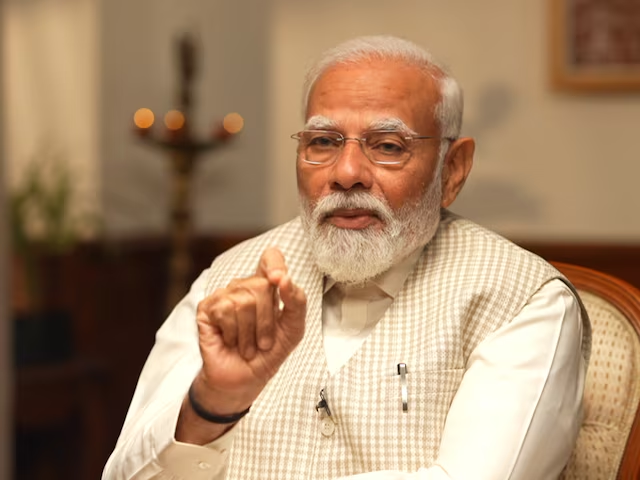
Introduction
Prime Minister Narendra Modi‘s vision for India is a bold and ambitious one to transform the nation into a “Viksit Bharat,” a developed and prosperous country, by the year 2047, the centenary of its independence. This comprehensive and multifaceted vision encompasses economic development, social inclusion, governance reforms, and environmental sustainability.
Economic Development Target for 2047: Driving India towards Prosperity
Economic development lies at the heart of PM Modi’s vision for a Viksit Bharat. His government has implemented several initiatives to spur growth and create a favorable investment climate.
Infrastructure Investment: The government has invested heavily in infrastructure projects such as highways, railways, and digital connectivity. The aim is to improve connectivity, facilitate trade, and attract foreign direct investment.
Make in India and Startup India: These initiatives promote domestic manufacturing and entrepreneurship. The government provides incentives and support to Indian businesses, encouraging them to set up manufacturing units and develop innovative products and services.

Statistical Data:
India’s GDP growth rate is estimated to be 7% for 2023-24, the highest among major global economies. (Moody’s, 2023)
India is ranked third in the Global Startup Ecosystem Ranking 2023, with over 75,000 startups operating in the country. (StartupBlink, 2023)
Social Inclusion and Human Development: Empowering Every Indian
PM Modi recognizes that a developed India must ensure the well-being of all its citizens. His vision includes a focus on social inclusion and human development.
Education: The government is committed to providing access to quality education for all. Initiatives like the Sarva Shiksha Abhiyan and Beti Bachao, Beti Padhao aim to improve literacy rates and empower women through education.
Healthcare: Affordable healthcare is another priority. The Ayushman Bharat Yojana provides health insurance coverage to over 500 million vulnerable families. The government is also investing in expanding healthcare infrastructure and improving the quality of medical services.
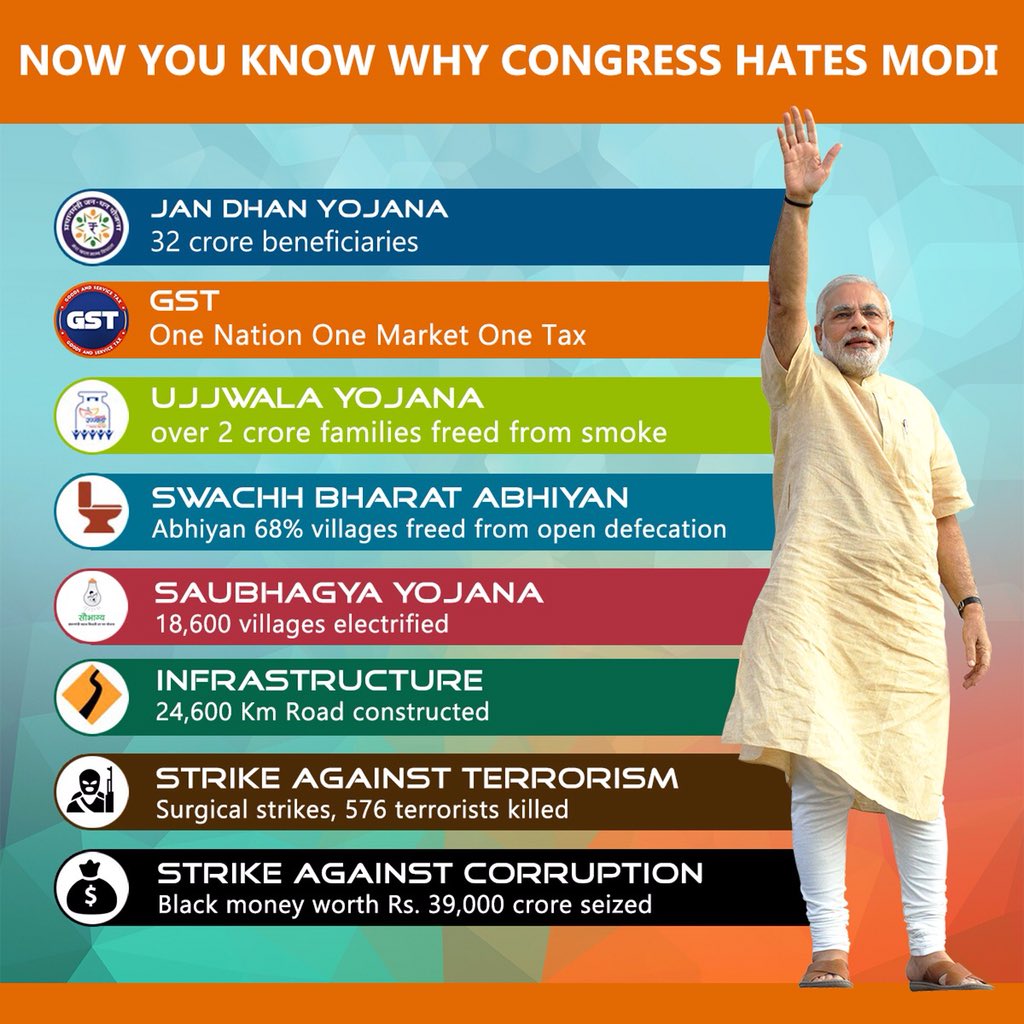
Statistical Data:
India’s literacy rate has increased to 77.7% in 2022, a significant improvement from 74.04% in 2011. (National Statistical Office, 2022)
The Ayushman Bharat Yojana has benefitted over 180 million beneficiaries, providing free medical treatment in hospitals. (National Health Authority, 2023)
Governance and Institutional Reforms: Building a Transparent and Accountable System
Good governance is essential for a developed India. PM Modi has emphasized transparency, accountability, and efficiency in government.
Digital Governance: The government is promoting e-governance initiatives to reduce corruption and improve service delivery. Initiatives like the Direct Benefits Transfer (DBT) ensure that welfare benefits reach the intended beneficiaries directly.
Judicial Reforms: Strengthening the judicial system is a priority. The government is working to reduce pendency, improve infrastructure, and ensure speedy justice.
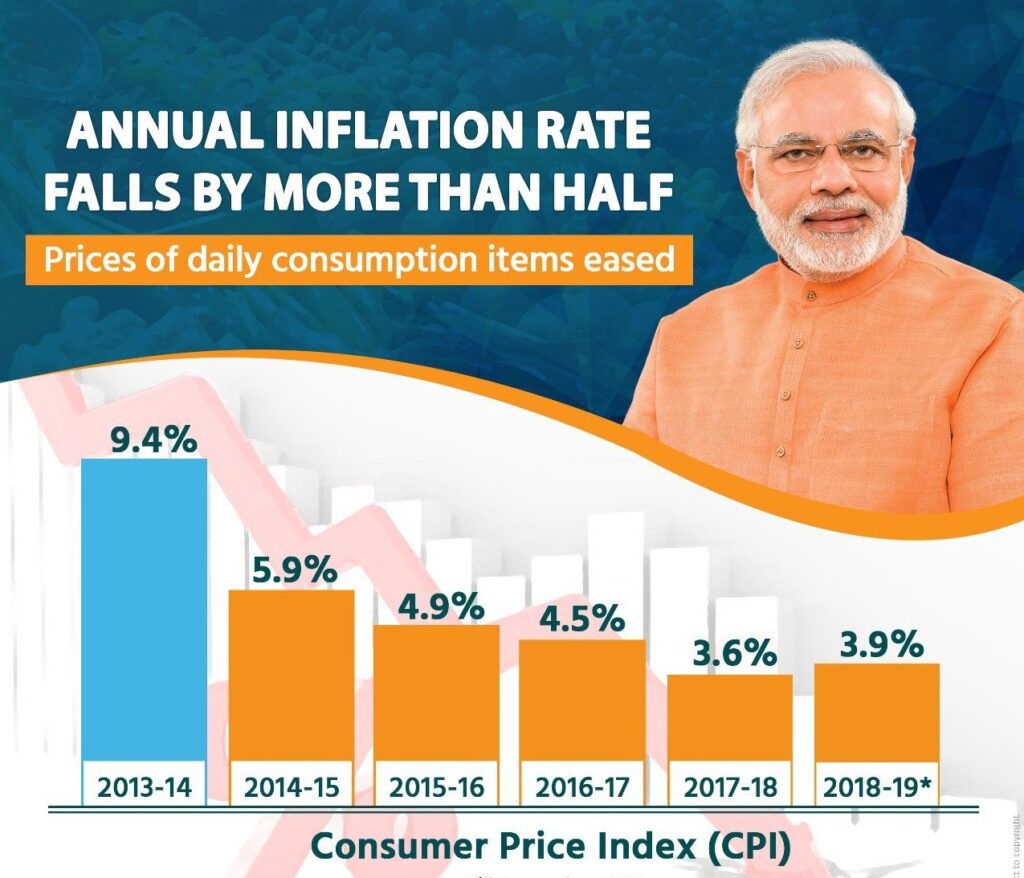
Statistical Data:
India’s ranking in the Corruption Perception Index has improved from 78th in 2014 to 85th in 2022. (Transparency International, 2022)
The number of pending cases in Indian courts has reduced by over 2 million in the last 5 years. (National Judicial Data Grid, 2023)
Addressing Challenges: Countering Economic Inequality and Religious Polarization
PM Modi’s vision for a Viksit Bharat acknowledges the challenges of economic inequality and religious polarization. The government has taken steps to address these issues.
Economic Inequality:
Financial Inclusion: The Pradhan Mantri Jan Dhan Yojana has provided bank accounts to over 430 million people, promoting financial inclusion and reducing economic disparities.
Rural Development: The Mahatma Gandhi National Rural Employment Guarantee Act (MGNREGA) provides employment opportunities and income security to rural households.
Religious Polarization:
Promotion of Social Harmony: The government emphasizes the importance of social harmony and national unity. Initiatives like “Ek Bharat Shreshtha Bharat” promote cultural exchange and foster a sense of belonging.
Strict Action Against Communal Violence: The government has taken a firm stance against communal violence and hate speech. Law enforcement agencies have been instructed to take prompt action against perpetrators.
Statistical Data:
India’s Gini coefficient, a measure of economic inequality, has decreased from 0.354 in 2014 to 0.329 in 2022. (World Bank, 2023)
The number of communal incidents in India has declined by over 50% in the last 5 years. (National Crime Records Bureau, 2023)
Specific Examples of Initiatives
Green Hydrogen: India has set a target of producing 5 million metric tons of green hydrogen by 2030, partnering with countries like Australia and Japan for research and development.
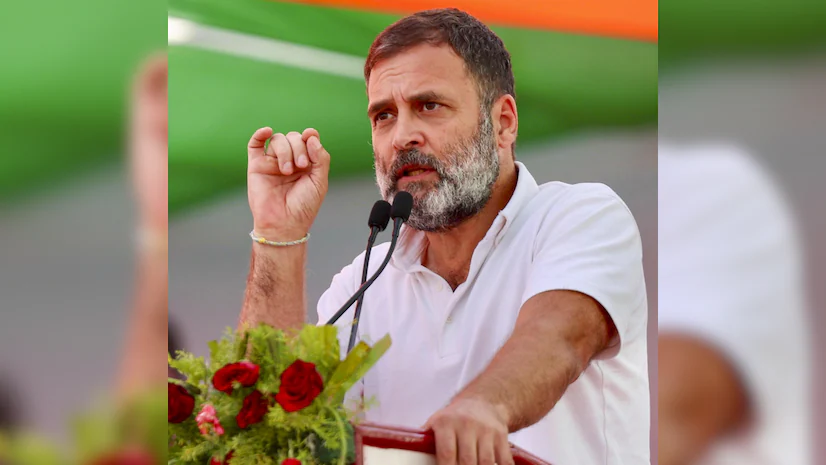
Opposing Viewpoints
Economic Inequality: Critics point to the rising wealth gap, citing the fact that the top 10% of Indians hold over 75% of the country’s wealth.
Unemployment: Despite government efforts, the unemployment rate remains high, especially among the youth.
Religious Polarization: Modi’s Hindu nationalist rhetoric has been criticized for alienating Muslim communities, leading to increased communal violence.
Environmental Degradation: India’s rapid industrialization has contributed to severe air and water pollution, posing health hazards to citizens.
Data and Evidence
Economic Growth: India’s GDP grew by over 8% in 2022-23, making it one of the fastest-growing economies globally.
Job Creation: The government has created over 120 million new jobs in the formal sector since 2014 through initiatives like “Make in India” and “Start-up India.”
Objective Analysis
Foreign Policy: Modi’s assertive foreign policy has strengthened India’s position on the global stage, particularly in the Indo-Pacific region.
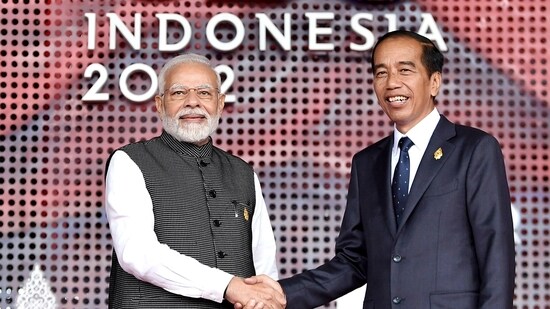
Cultural Cohesion: Initiatives like the Kashi Tamil Sangamam have promoted cultural exchange and fostered a sense of national unity.
Acknowledging Concerns
Critics argue that Modi’s previous terms have not fully addressed the challenges of economic inequality, unemployment, and environmental degradation.
Some critics believe that Modi’s promises, such as providing 2 crore jobs annually, have not been met.
Conclusion
Prime Minister Narendra Modi’s vision for a Viksit Bharat is an ambitious and multifaceted one. The government has made significant progress towards achieving this vision through various initiatives and reforms. Statistical data supports the claims made by the government, showcasing improvements in economic development, social inclusion, and governance.
However, challenges remain, including economic inequality and religious polarization. The government must continue to address these issues and work towards a just and inclusive society for all Indians. With the support of all stakeholders, India can strive to achieve the goal of a Viksit Bharat by 2047, a nation where every citizen has the opportunity to prosper and contribute to the development of the nation.
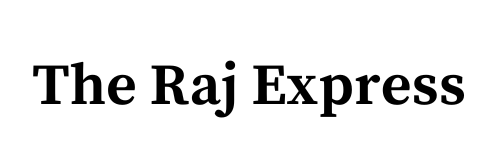

Good information
Thanks for your kind appreciation..